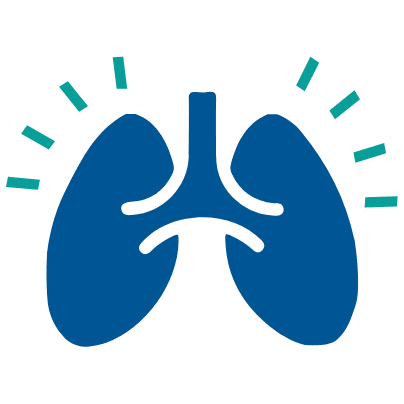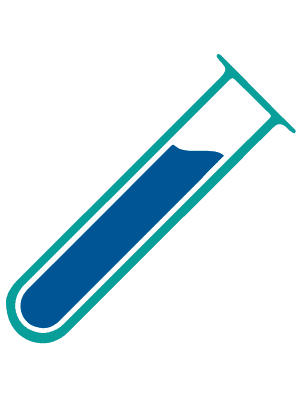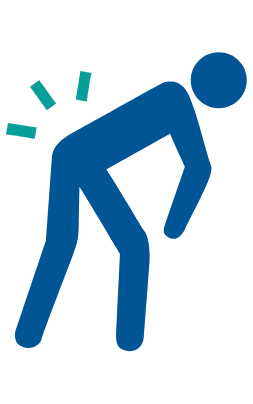What are the symptoms of kidney disease?

Detecting kidney disease can be tricky because the signs and symptoms occur late, after the condition has progressed and kidney damage has occurred. In fact, kidney disease is sometimes known as a “silent” condition because it’s hard to detect and most people with early stage kidney disease are completely unaware of it.
While watching for late-stage symptoms won’t help with early detection, it’s still important to be aware of the signs. Remember, you shouldn’t wait for symptoms before you take action.






-
Changes in urination
Healthy kidneys help filter blood to create urine. When the kidneys don’t function well, urination issues may occur such as needing to urinate more often or seeing blood in your urine. You may also experience urine that’s foamy or bubbly—which could be an early sign that protein is getting into your urine due to damaged kidneys. -
Fatigue
Reduced kidney function can lead to a build-up of toxins in the blood that causes you to have a lack of energy or feel overwhelmingly tired. Kidney disease may also cause anemia, which can make you feel tired or weak due to having too few red blood cells. -
Itching
Dry and itchy skin may be a sign that you have an imbalance of minerals and nutrients in your blood due to kidney disease. Itching is often caused by high blood levels of phosphorus. -
Swelling in your hands, legs, or feet
When your kidneys aren’t removing excess fluid and sodium from your body, swelling (also known as edema) may occur in your feet or other lower extremities. -
Shortness of breath
Extra fluid can build up in your lungs when your kidneys aren’t removing enough fluid, which may cause you to be short of breath. Kidney disease induced anemia, which is a shortage of oxygen carrying red blood cells, may also cause breathlessness. -
Pain in the small of your back
You may experience localized pain near your kidneys that doesn’t change, or that becomes worse when you move or stretch. The kidneys are located on either side of your spine in your lower back, and kidney problems can cause pain in this area. Back pain may also be due to an infection or blockage of the kidneys, which can lead to kidney damage.
What to do if you are at risk of kidney disease
If you are at risk of kidney disease, especially if you have high blood pressure (hypertension) or diabetes, it’s recommended that you get screened at least once a year for any evidence of kidney disease and to learn your estimated glomerular filtration rate (eGFR).
Symptoms of kidney disease develop slowly over time. Many people in the earlier stages (stages 1 and 2) of kidney disease do not experience symptoms at all and may require testing to receive a diagnosis. You’re more likely to experience symptoms in the later stages (stages 3, 4, and 5) of kidney disease.
The earlier kidney disease is detected, the greater the benefit of early treatment.
What is eGFR?
Estimated glomerular filtration rate (eGFR) is a measurement of how well your kidneys are cleaning your blood. It’s usually estimated from the results of a blood test, along with age and gender.
